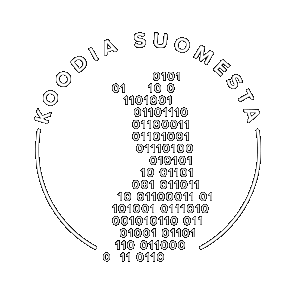Make the most of your team's strengths
An engaging simulation reveals team members' attitudes to work and perceptions of each other in a constructive and positive way. After the simulation, your team will be able to share tasks more effectively and communicate better about roles.
The simulation makes visible not only the strengths of different people, but also what each thinks of the other. Often, teams will discuss their perceptions of their colleagues during the simulation, creating a common understanding of an effective division of labour.
Great as part of a team day or as the team's first simulation.
Team Strengths
The simulation helps you to understand your colleagues and, in particular, their attitudes to different tasks. It creates understanding and enables the team to be more self-directed.
The simulation focuses on factors that affect teamwork, such as accuracy, creativity, conflict tolerance and performance. The simulation takes the mind away from work roles and allows for a discussion about hidden strengths and different roles at work and in leisure time.
In the simulation's backstory, your group has decided to attend Munich's famous Oktoberfest. This is the story of how your trip to Germany goes. The simulation consists of 10 short situations along the way. In each situation, you will have to decide who in your group would be the best person to solve the problem situation described. Each situation will be followed by a facilitated discussion to justify the solutions, give and receive feedback and hear from other participants.
CLAIM 1: CRITICISM
Who would be suitable for a job that requires a critical perspective?
CLAIM 2 ACCURACY
Who likes tasks that require care and attention?
CLAIM 3: LISTENING
Who would be most comfortable listening to the concerns of others?
ARGUMENT 4: CONFLICT SENSITIVITY
Who would be natural to deal with conflicts or disagreements between people?
Research background
The simulation is based on McClelland's motivation theory, Jung's personality theory and Belbin's team roles. Based on these theories, themes have been selected to discuss the most important areas of knowledge and preferences that influence team performance.
Objectives
- Create a common understanding of team members' preferences
- Bringing out the hidden strengths of individuals
- Make existing policies and role-sharing visible
- Improve team performance through shared understanding
For whom
- For teams of 4-16 people. The simulation develops team collaboration. Also suitable for temporary teams and teams working remotely.
- The simulation lasts about 2 hours.

